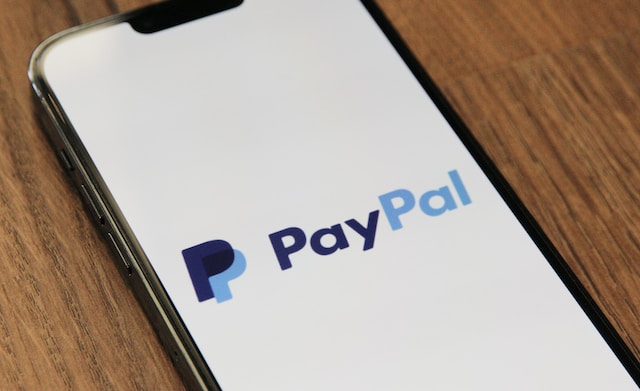Introduction:
Welcome to the world of online transactions, where PayPal reigns supreme. With millions of active users worldwide, PayPal has quickly become the go-to platform for sending and receiving money online. In this lively and informative blog post, we’ll walk you through the process of creating and verifying your PayPal account, as well as explore the different amounts you can transfer. So, let’s dive in and discover the wonders of PayPal!
PayPal is an online payment system that makes it easy to transfer money to people all over the world. It is a safe and secure way to send money, and you can even use PayPal to purchase goods and services online. To create an account, you simply need to enter your name, email address, and a password. Once your account is created, you can verify it by linking a bank account or credit card. With PayPal, you can transfer as little as $1 or as much as $10,000 at once.
Chapter 1: Getting Started with PayPal
Imagine a virtual wallet that allows you to securely and seamlessly transfer money online. That’s precisely what PayPal offers! To create an account, simply follow these steps:
- Visit PayPal’s website (www.paypal.com) or download the PayPal app.
- Click on the “Sign Up” or “Get Started” button to begin the registration process.
- Choose between a “Personal” or “Business” account, depending on your needs.
- Fill in your email address, create a strong password, and provide the required information.
- Agree to the terms and conditions, and voila! Your PayPal account is now ready to use.
Chapter 2: Verifying Your Account
While it’s possible to start using your PayPal account right away, verifying it provides you with added benefits and enhanced security measures. Here’s how you can do it:
- Link your credit or debit card to your PayPal account. This step acts as a backup funding source and enables you to make transactions even if your PayPal balance is low.
- Confirm your bank account by providing your account and routing numbers. This verification process allows you to transfer funds to and from your bank account effortlessly.
- To further bolster the security of your PayPal account, complete the Identity Verification process. This step involves confirming your identity by providing necessary documents and may be required for higher transaction limits.
Chapter 3: Understanding Transfer Amounts
One of the most compelling aspects of PayPal is the flexibility it offers regarding money transfers. Here’s a breakdown of the different amounts you can transfer using PayPal:
- Peer-to-Peer Transactions: With PayPal, you can seamlessly send money to friends, family, or anyone else in a matter of seconds. The maximum limit for personal transfers within the United States is $60,000 per transaction.
- Online Purchases: When shopping online, PayPal allows you to complete your transactions without sharing your financial information with the merchant. You can transfer varying amounts depending on the specific purchase.
- International Payments: PayPal also facilitates international transactions, providing endless possibilities for cross-border exchanges. Bear in mind that different countries may have distinct limits, so check with PayPal’s guidelines for accurate information.

Conclusion:
Creating a PayPal account is your gateway to a fast, secure, and convenient transaction experience. By following the simple steps outlined above, you can swiftly start sending and receiving money online with peace of mind. Whether it’s paying for goods and services, splitting the tab with friends, or supporting your favorite online creators, PayPal makes it all a breeze. Embrace this digital revolution and enjoy the perks that come with an efficient and reliable payment platform like PayPal! Happy PayPal-ing!
Disclaimer: PayPal’s terms and conditions, as well as transfer limits, may vary depending on your location and other factors. The information provided in this blog is accurate at the time of writing. Please refer to PayPal’s official website for the most up-to-date and precise information.

